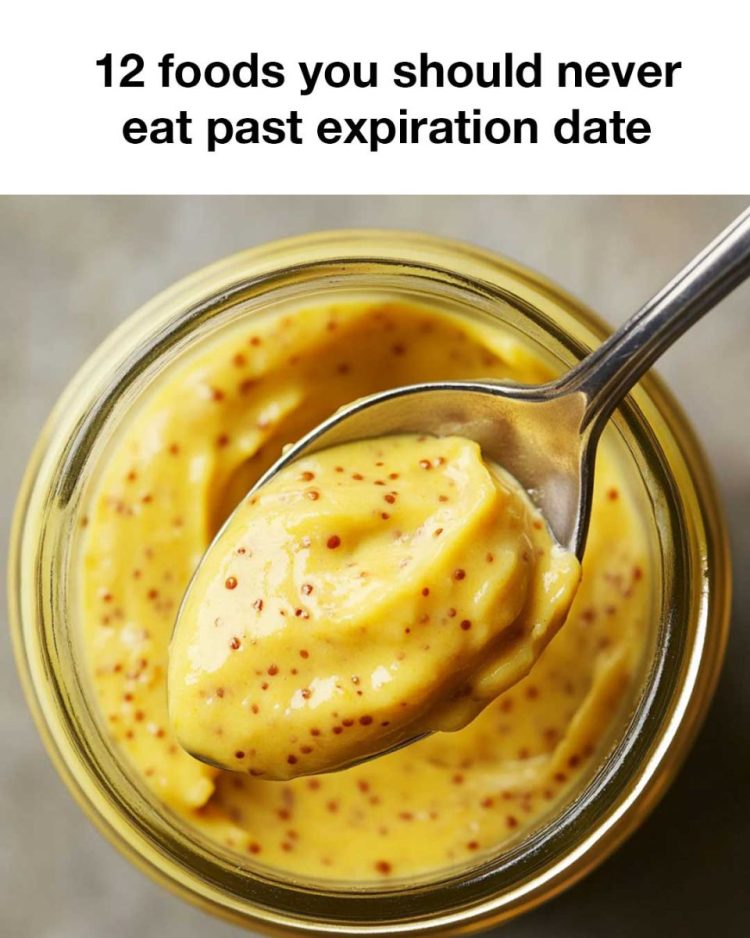How to Read Expiration Dates
Reading expiration dates correctly can sometimes be confusing due to the different terms used, such as ‘best by,’ ‘use by,’ and ‘sell by.’ ‘Best by’ dates indicate the period during which the product is at its peak quality. ‘Use by’ dates are the last dates recommended for the use of the product while at peak quality, and after this date, the food may not be safe to consume. ‘Sell by’ dates are primarily for retailers to ensure proper stock rotation. Breaking down these terms can help you make better decisions about the safety and quality of the food you purchase and consume.
Health Risks Associated with Eating Expired Foods
Eating food past its expiration date can expose you to several health risks, including foodborne illnesses caused by bacteria such as Salmonella, E. Coli, and Listeria. These bacteria can lead to symptoms such as vomiting, diarrhea, stomach cramps, and fever. In severe cases, they can even be life-threatening, particularly for vulnerable populations like young children, the elderly, pregnant women, and those with weakened immune systems.
Common Indicators of Spoiled Food
Recognizing the signs of spoiled food can serve as an additional safeguard against consuming expired items. Common indicators include off smells, changes in color or texture, mold growth, and the presence of slime. A sour or otherwise unusual taste is another red flag that a food item has gone bad. Whenever in doubt, it is safer to err on the side of caution and dispose of the questionable food item.
Food Safety Tips for Storing Perishable Items
Proper storage of perishable items is key to extending their shelf life and maintaining safety. Keep your refrigerator at or below 40°F (4°C) and your freezer at 0°F (-18°C). Store raw meat, poultry, and seafood on the bottom shelves to prevent their juices from contaminating other foods. Utilize airtight containers for opened products and label them with the date of purchase to keep track of their age. Lastly, always practice the ‘first in, first out’ method to ensure older items are used before newer ones.
1. Dairy Products
Dairy products like milk, yogurt, and cream can become breeding grounds for harmful bacteria once past their expiration date. The high moisture content in these items accelerates bacterial growth, leading to spoilage. Consuming expired dairy can cause food poisoning, manifesting as stomach cramps, diarrhea, and vomiting.
2. Fresh Meat and Poultry
Fresh meat and poultry are highly perishable and prone to bacterial contamination such as Salmonella and Campylobacter. Once past their expiration date, these items can quickly become unsafe to eat. Symptoms of consuming spoiled meat include nausea, vomiting, and severe gastrointestinal distress.
3. Eggs
